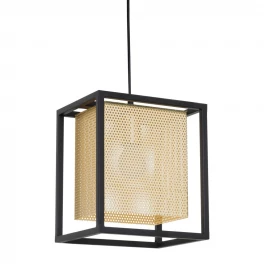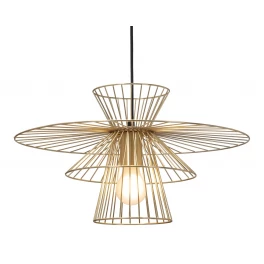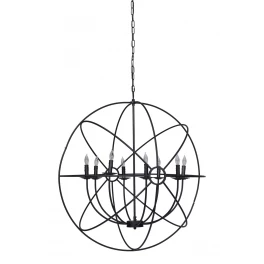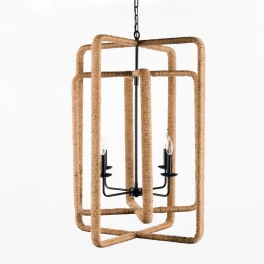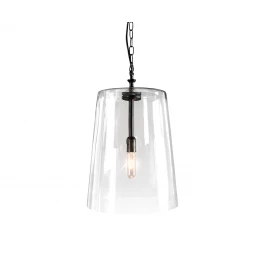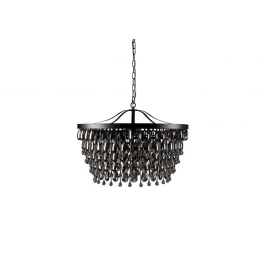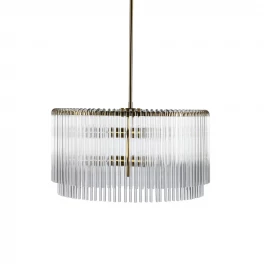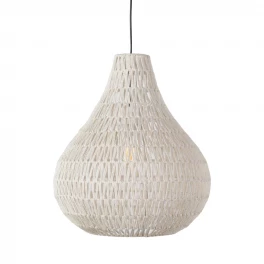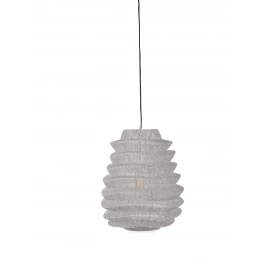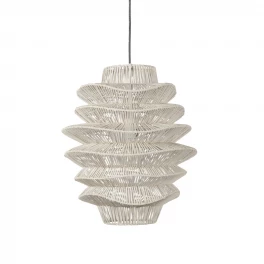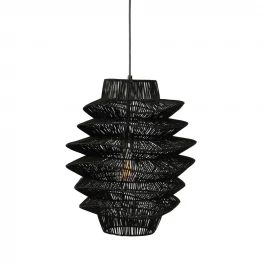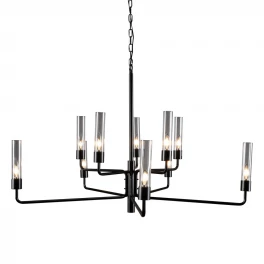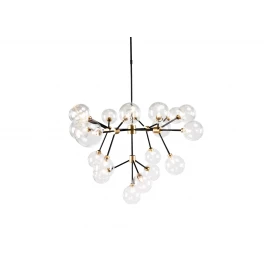Autumn is just around the corner, meaning all those plants that spent the summer soaking up the rays and every last raindrop now need to find a new home. While you may be able to keep a few of your favorite plants outdoors (for instance, bonsai junipers and rosemary), most of what you have in temporary pots outside must come in sooner rather than later.
My biggest concern as the temperature started dropping was my herb collection, which I painstakingly grew and expanded stem by stem over the course of the warm weather months. And since my home already has pre-installed indoor window boxes, I decided to take a look and see how I could move my herb array to this new location.
The result was a tad bit messy (too much old dirt, yuck!) but definitely worthwhile. And, don’t worry! Even if you don’t have your own indoor window boxes, you can still complete a similar project on any windowsill, making a garden part of your home décor. Here’s how:
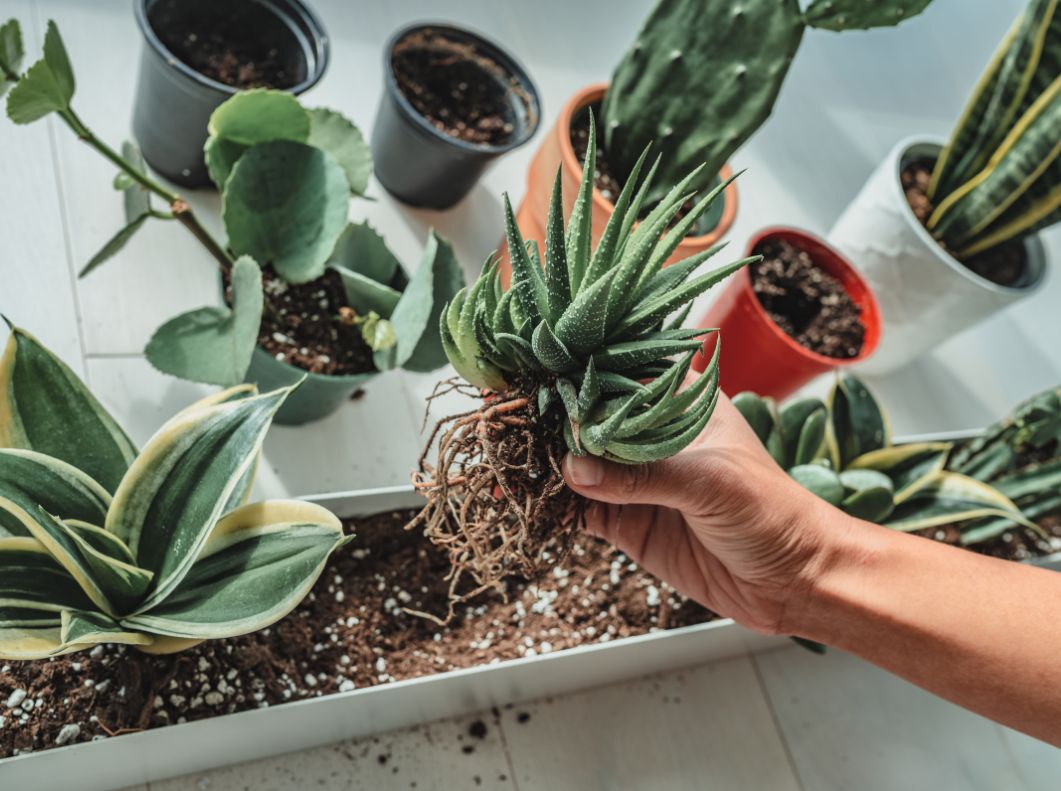
Image by Mardiv by Canva
Check Out Your Space & Design Accordingly
Your windowsill doesn’t have to be exceptionally long or wide to accommodate your plants.
Start by taking measurements of the space. You may be able to build a simple planter box out of 1-by-4 boards and a few nails. Paint and stain are great options if you’re looking to add color to your planter.
If this DIY project is out of your scope, then just head to your local home improvement store. Chances are, you can find a good deal since many retailers try to offload garden-related gear in the fall. Look for planter boxes that are slightly smaller than your windowsill with built-in drainage holes.
Since I started with built-in boxes, I wanted to ensure I had enough space for my collection so I made measurements anyway. During this process, I noticed my plants didn’t have an adequate drainage situation, so I added a layer of lightweight rocks as a remedy.
Keep in mind, many species of herbs and succulents don’t need too much space to grow and thrive. Just be sure you give them some wiggle room, spacing them between 4 and 6 inches apart.
To play it safe, verify your plant’s growing requirements before getting started.
Choose the Right Soil
Dirt is essential to help you maintain adequate moisture levels, but standard soil from your backyard just won’t do. Instead, look for potting mix specifically for indoor plants. It should have a mixture of vermiculite and peat moss. For succulents and other desert-dwelling plants, look for varieties made with sand.
Never use old soil, which may be contaminated with gnats and other pests.
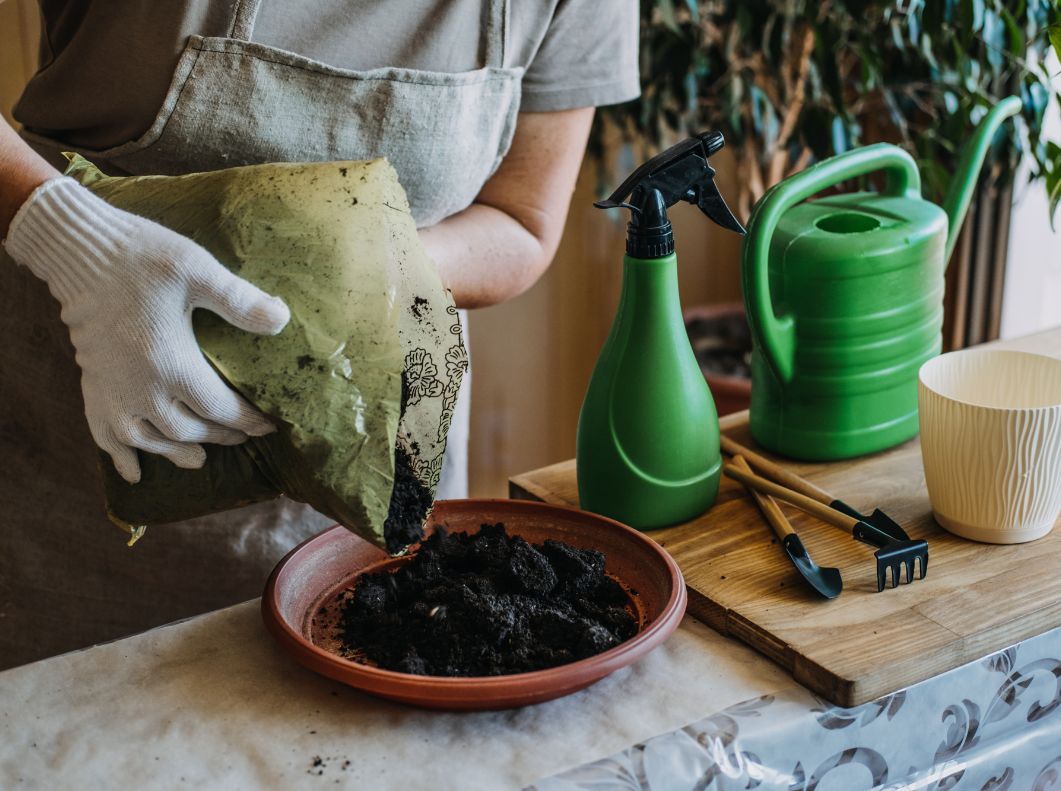
Imaage by irynakhabliuk on Canva
Analyze the Sunlight
Before you start planting, take a look at the sunlight on the intended windowsill. If you’re not getting at least eight hours of direct sun every single day, it may not be the ideal spot for your plants.
In this case, you can supplement the sun with a growing light equipped with a UV bulb.

Image by ronstrik from Getty Images
Put It All Together
Finally, it’s time to start putting it all together. Either secure the planter directly to the windowsill or use a plant stand tray if you’re worried about water damage.
Add drainage (if necessary), indoor potting soil, and the plants. Even if you’re not eating the plants you just brought inside, it’s still a good idea to enrich the soil with fish or another organic, garden-safe fertilizer.
Now that you’ve completed the project, you have a touch of the outside indoors. Your plants are guaranteed safe from the cold, wet winter elements. And, at the same time, you’ve brightened your space with natural decor. If you still need a bit more pizzazz, consider incorporating seasonal elements into the mix, such as decorative gourds or other holiday decor.




